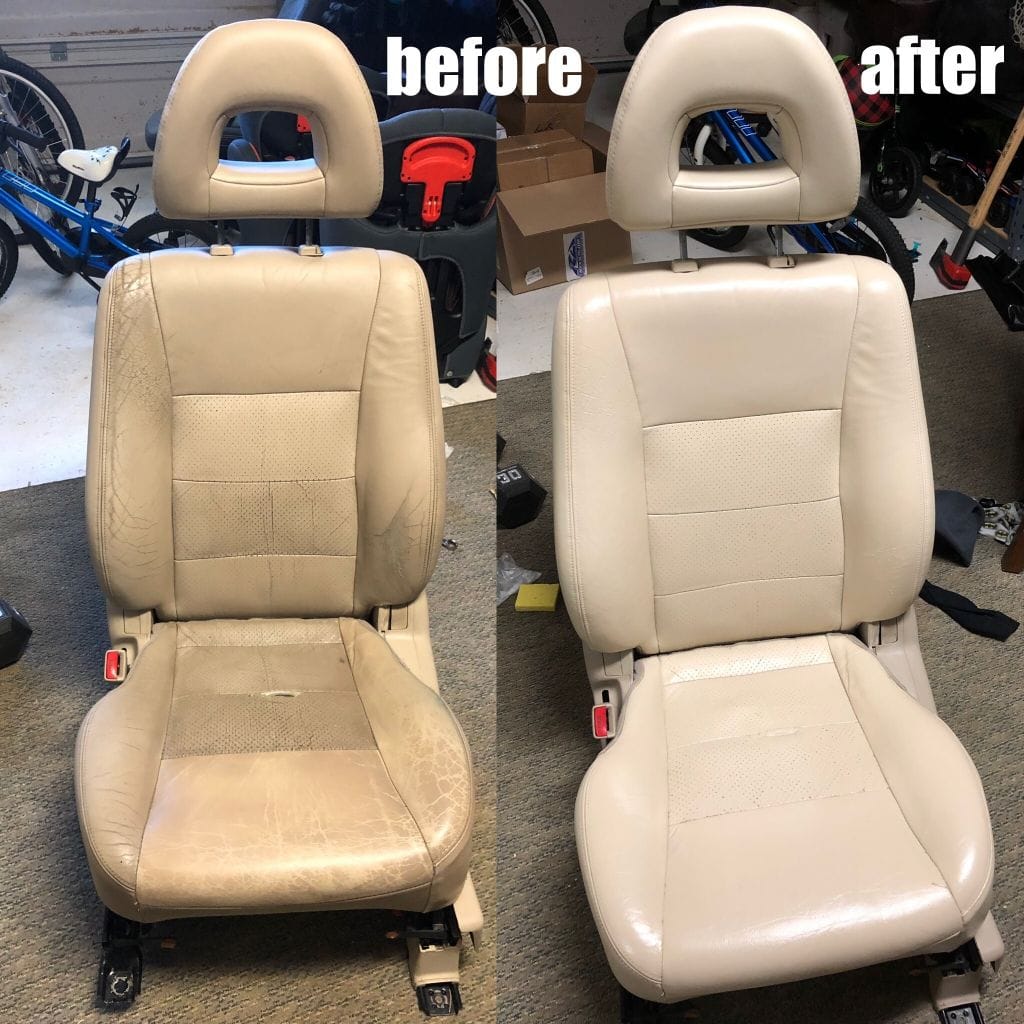
Repair Leather Interior Car – A Complete Guide
There’s nothing quite like the feel of smooth leather seats when you step into your car. But over time, even the most luxurious leather can crack, fade, or tear. If you’ve been searching for ways to repair leather interior car damage without spending a fortune, you’re in the right place.
Whether it’s from daily wear, accidental spills, or the sun’s relentless heat, leather interiors can lose their charm. Luckily, you can often restore them yourself with the right tools, products, and a bit of patience.
Why Leather Interiors Wear Out
Leather is durable, but it’s still a natural material. Common causes of damage include:
-
UV Exposure – Sunlight dries leather, causing cracks.
-
Spills & Stains – Liquids can discolor or weaken the surface.
-
Sharp Objects – Keys, zippers, or pet claws can cause tears.
-
Neglect – Skipping regular cleaning and conditioning speeds up deterioration.
DIY Methods to Repair Leather Interior Car
1. Cleaning and Preparing the Leather
Before any repair, clean the leather thoroughly:
-
Use a pH-balanced leather cleaner (avoid harsh detergents).
-
Wipe gently with a microfiber cloth.
-
Let it dry completely before moving to repairs.
2. Fixing Small Scratches and Scuffs
-
Apply a leather conditioner to restore moisture.
-
For deeper scuffs, use a leather repair balm matching your seat color.
-
Buff lightly until the blemish blends in.
3. Repairing Cracks
-
Clean and dry the cracked area.
-
Use a leather filler to fill the gaps.
-
Sand gently with fine-grit sandpaper for a smooth finish.
-
Apply colorant to match the surrounding area.
4. Patching Tears or Holes
-
Trim loose fibers around the tear.
-
Place a patch under the damaged area for support.
-
Apply leather adhesive over the tear, pressing firmly.
-
Once dry, touch up with leather dye to match.
5. Restoring Color and Shine
-
Use a leather recoloring kit for faded seats.
-
Apply multiple thin layers for even coverage.
-
Finish with a UV-protective conditioner to prevent future fading.
When to Call a Professional
While many issues can be fixed at home, severe damage—like large tears or extensive fading—may require a leather specialist. They have industrial tools and dyes that can make repairs virtually invisible.
Maintenance Tips to Keep Leather Looking New
-
Clean monthly with a leather-safe cleaner.
-
Condition every 3–6 months to keep it supple.
-
Use seat covers if you often park in direct sunlight.
-
Avoid sharp objects that could puncture the leather.
FAQs – Repair Leather Interior Car
1. Can I repair leather seats without a kit?
Yes, small scratches can be fixed with conditioner or balm, but deeper damage usually needs a repair kit.
2. How much does professional leather repair cost?
Depending on the damage, expect anywhere from £50–£300.
3. Will leather filler crack over time?
If applied correctly and conditioned regularly, it should last for years.
4. Can I use household cleaners on leather?
Avoid them—most are too harsh and can strip natural oils from the leather.
5. Is it worth repairing old leather seats?
Absolutely—restoring them can increase your car’s resale value and improve comfort.
Conclusion
Learning how to repair leather interior car damage not only saves you money but also keeps your vehicle looking premium for longer. With proper cleaning, the right repair methods, and consistent maintenance, your leather seats can last for years without showing their age.